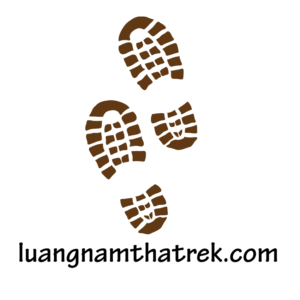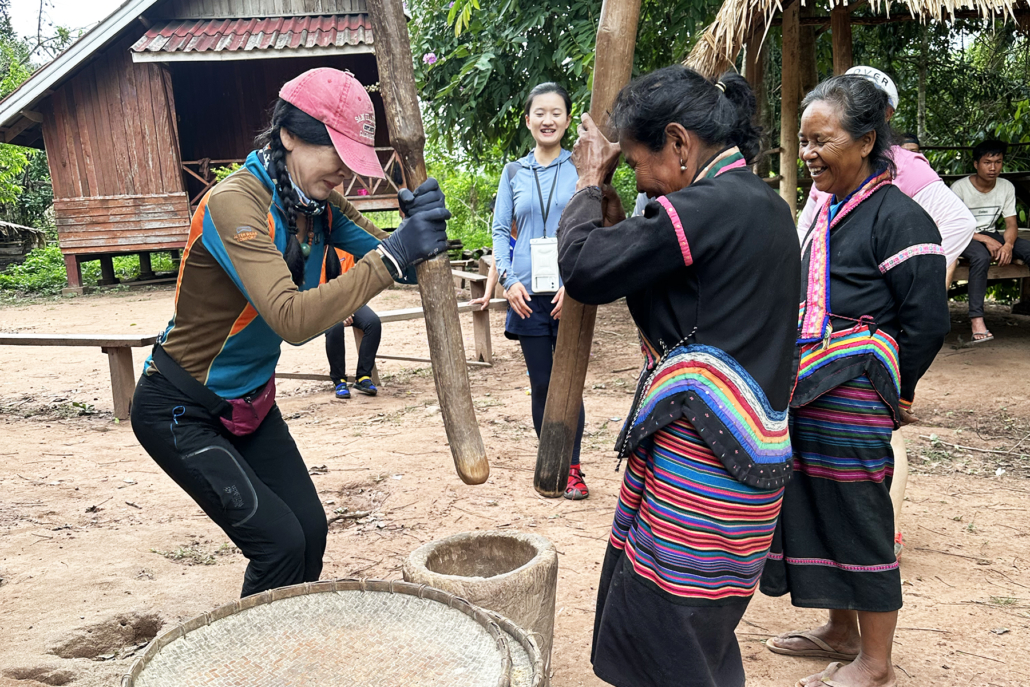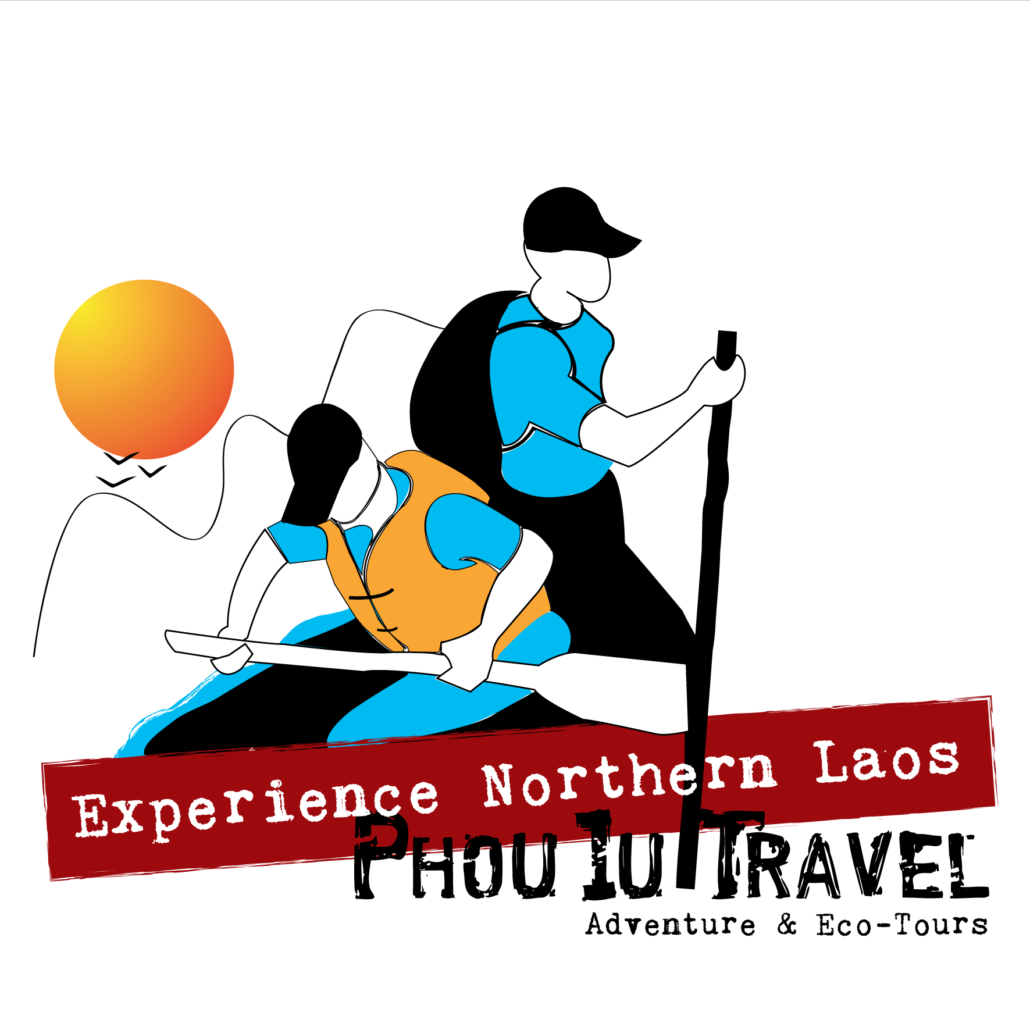Preserving Natural Biodiversity
The project actively protects the rich biodiversity of Luang Namtha’s pristine forests and the Nam Ha National Protected Area, ensuring that wildlife and native plant species thrive.
Empowering Local Communities
By involving Khmu, Lanten, and other ethnic groups in ecotourism activities, the project creates sustainable livelihood opportunities, encouraging local ownership and pride in cultural heritage.
Cultural Exchange & Authentic Experiences
Visitors gain meaningful insights into the traditions, crafts, and daily lives of indigenous communities through village homestays and guided cultural experiences.
Sustainable Trekking Adventures
The project offers guided treks with trained local guides, following low-impact routes to preserve the natural environment while showcasing stunning landscapes and hidden trails.
Environmental Awareness & Conservation Education
It promotes responsible travel by educating both tourists and locals about environmental stewardship and sustainable tourism practices.
Economic Growth Through Ecotourism
The initiative generates income for local families, stimulates small businesses, and encourages the development of infrastructure while minimizing environmental harm.








